1982 Victoria Plum – Victoria Gives a Flying Lesson – Hardcover Book: 24 ppm Lead (safe by all standards!)
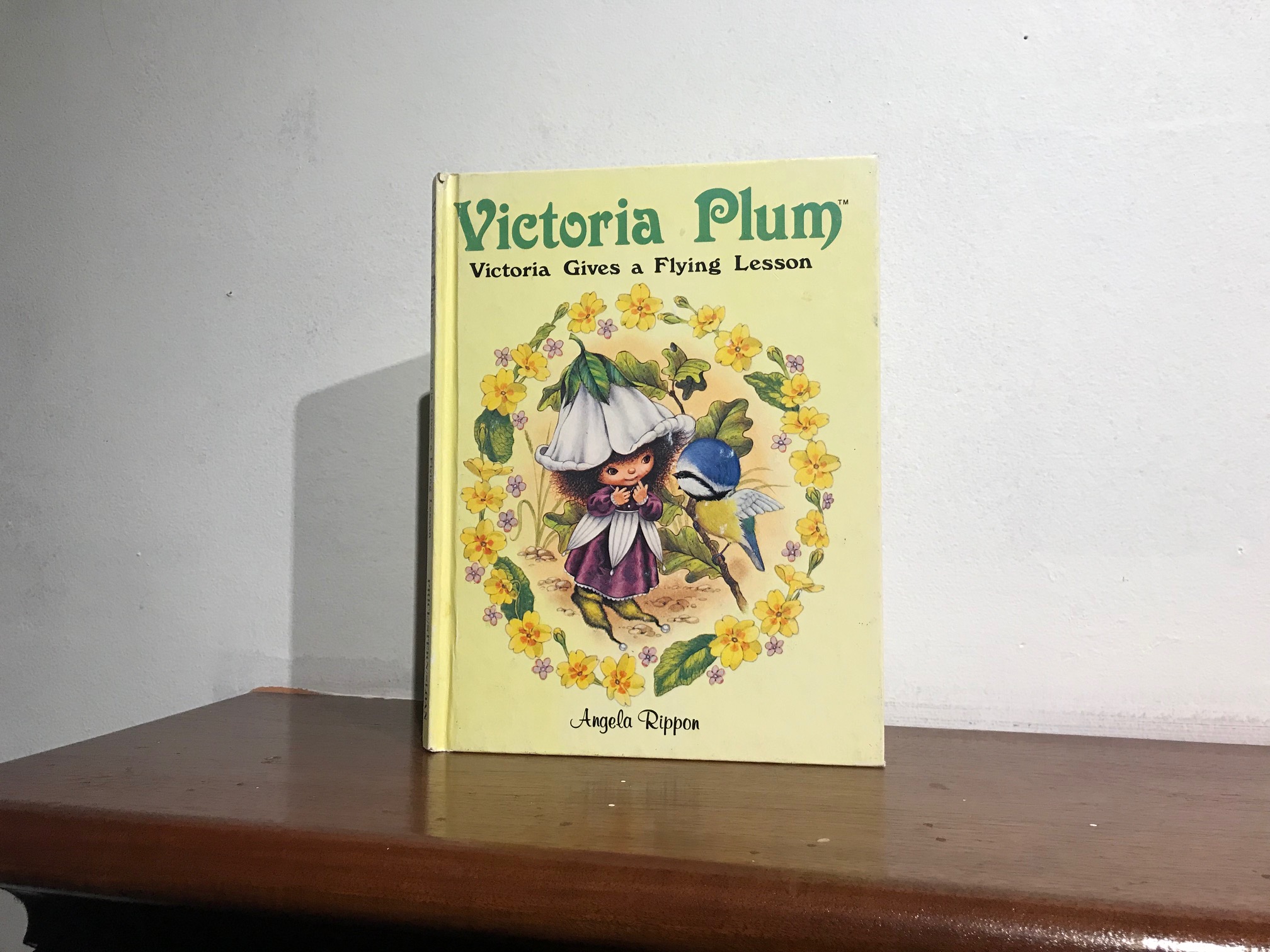 When tested with an XRF instrument this hardcover children’s book (published in 1982) had the following readings:
When tested with an XRF instrument this hardcover children’s book (published in 1982) had the following readings:
1.) Reading on Exterior of Book
- Lead (Pb): 20 +/- 4 ppm
- Mercury (Hg): Negative / Non-Detect
- Cadmium (Cd): Negative / Non-Detect
- Arsenic (As): Negative / Non-Detect
- Antimony (Sb): Negative / Non-Detect
- Zinc (Zn): 234 +/- 13 ppm
- Copper (Cu): 26 +/- 11 ppm
- Iron (Fe): 433 +/- 33 ppm
- Bismuth (Bi): 7 +/- 4 ppm
- Titanium (Ti): 780 +/- 276 ppm
2.) Reading on Interior Pages of Book
- Lead (Pb): 24 +/- 4 ppm
- Mercury (Hg): Negative / Non-Detect
- Cadmium (Cd): Negative / Non-Detect
- Arsenic (As): Negative / Non-Detect
- Antimony (Sb): Negative / Non-Detect
- Zinc (Zn): 63 +/- 8 ppm
- Copper (Cu): 37 +/- 10 ppm
- Iron (Fe): 594 +/- 34 ppm
- Titanium (Ti): 3,463 +/- 290 ppm
Each area was tested multiple times (with different colors in the scope of the XRF instrument.) and each result was similar to those note above. These levels would be considered safe by all modern standards. For context, the amount of Lead that is considered illegal and unsafe on a newly manufactured item intended for use by children today is anything 90 ppm Lead or higher in the paint or coating or anything 100 ppm Lead or higher in the substrate.
Each test was done using a freshly calibrated XRF instrument in “Consumer Goods” mode. Testing was repeated on each component to confirm the results. Testing time for each component was for at least 60 seconds. Results are replicable, science-based, and accurate. Metals not listed in the above test results sets were not detected by the XRF when testing in Consumer Goods mode.
Thank you for reading and for sharing my posts.
Please let me know if you have any questions.
Tamara Rubin
#LeadSafeMama 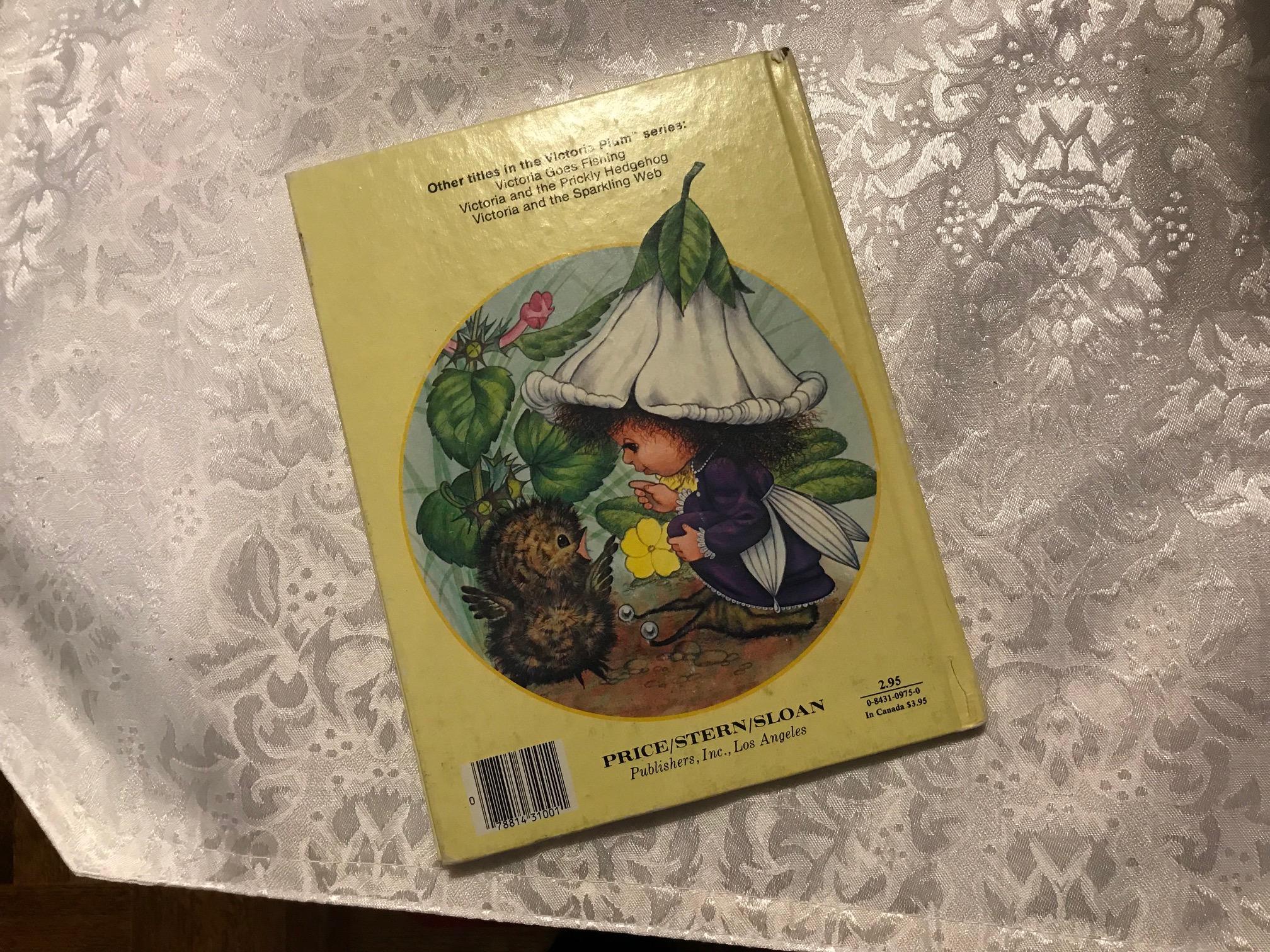
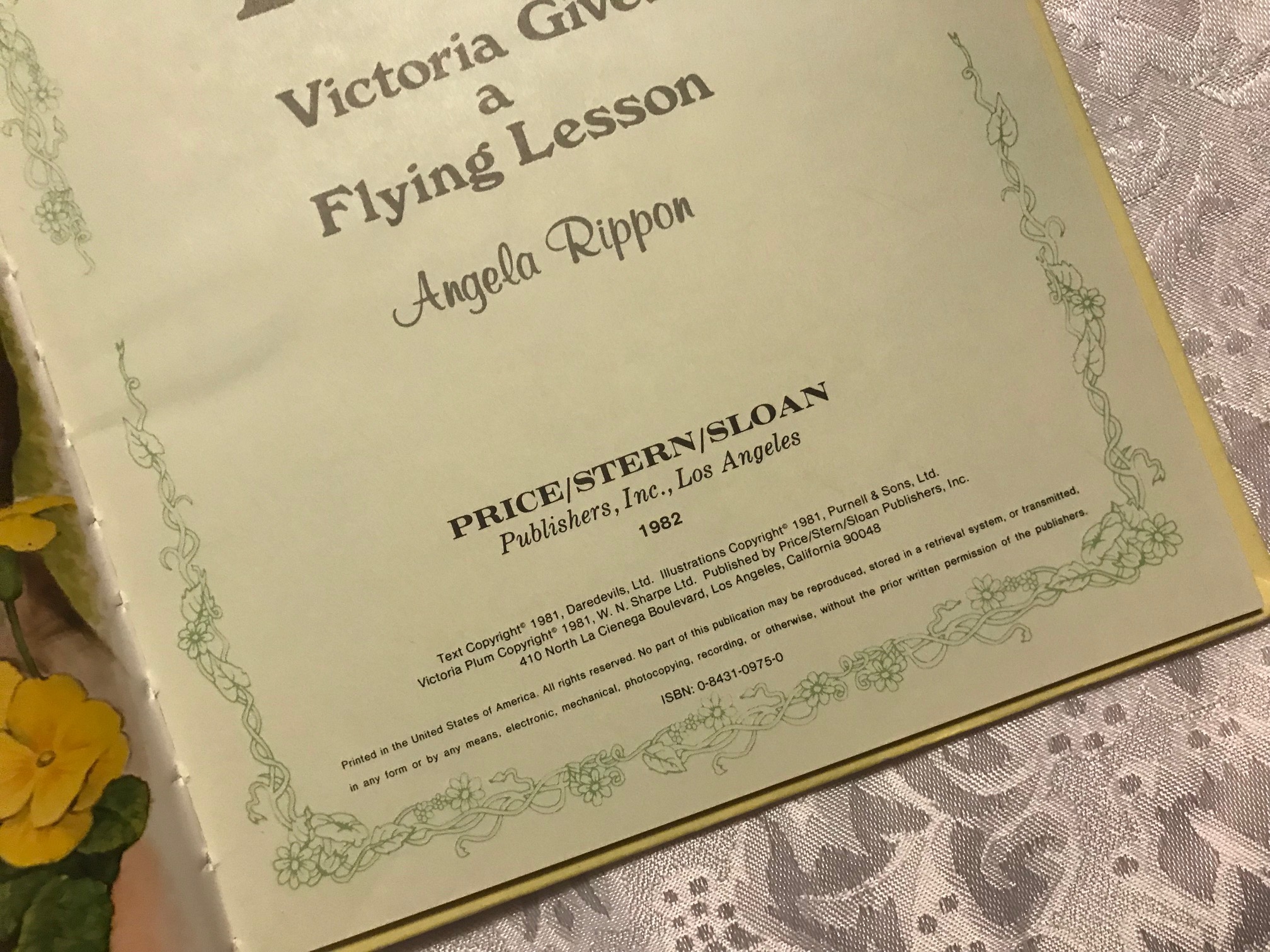
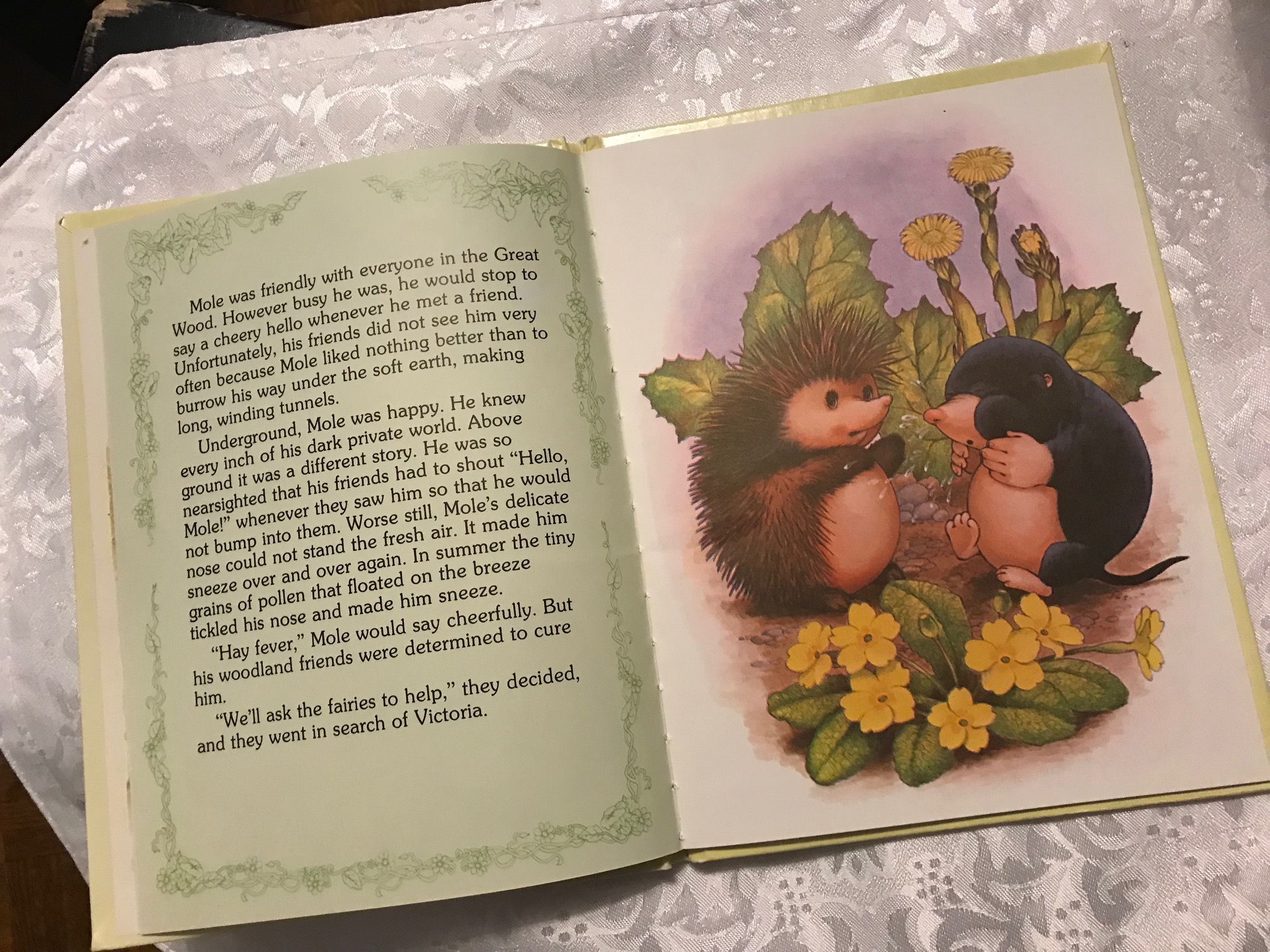
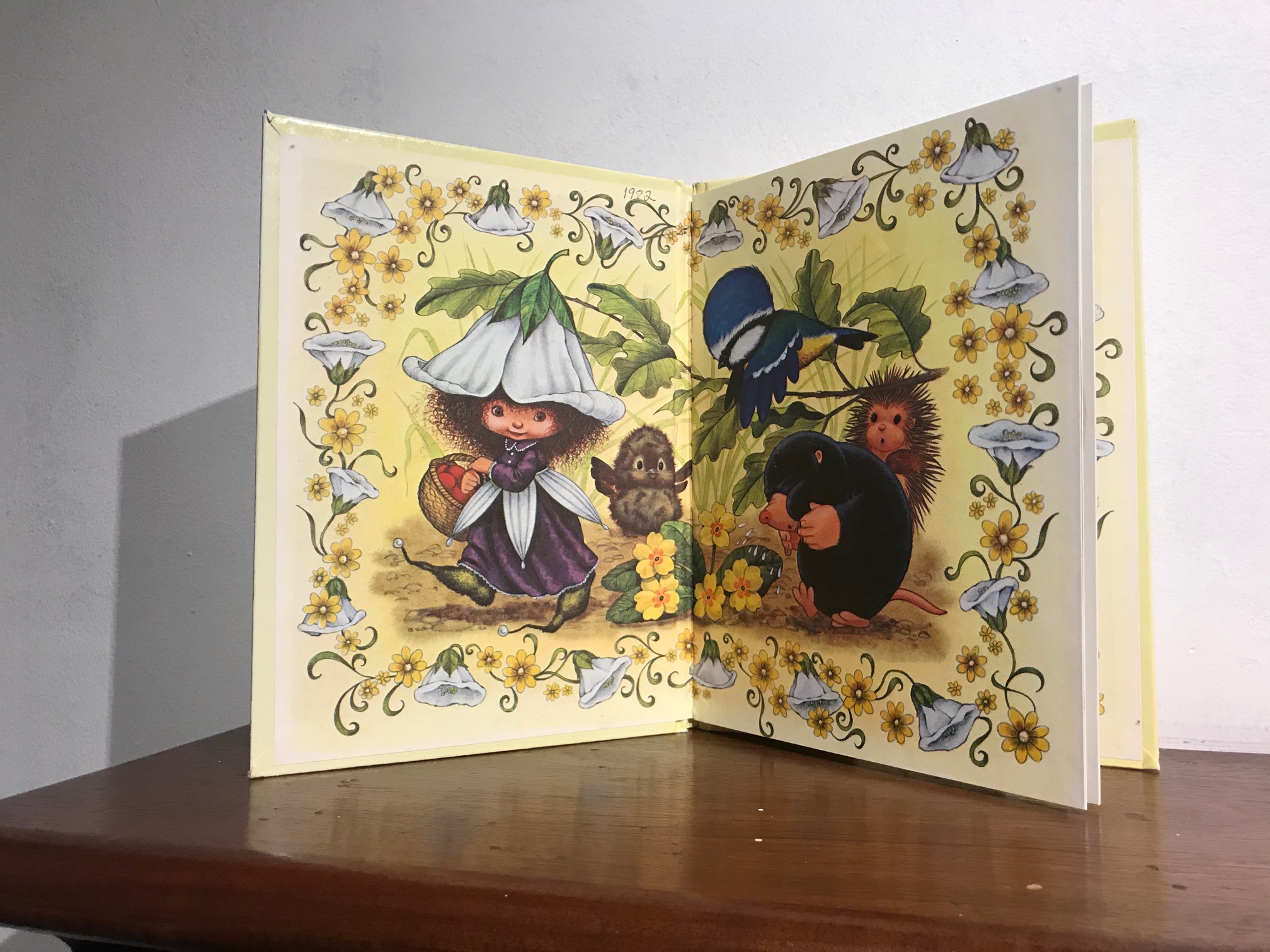
Never Miss an Important Article Again!
Join our Email List


